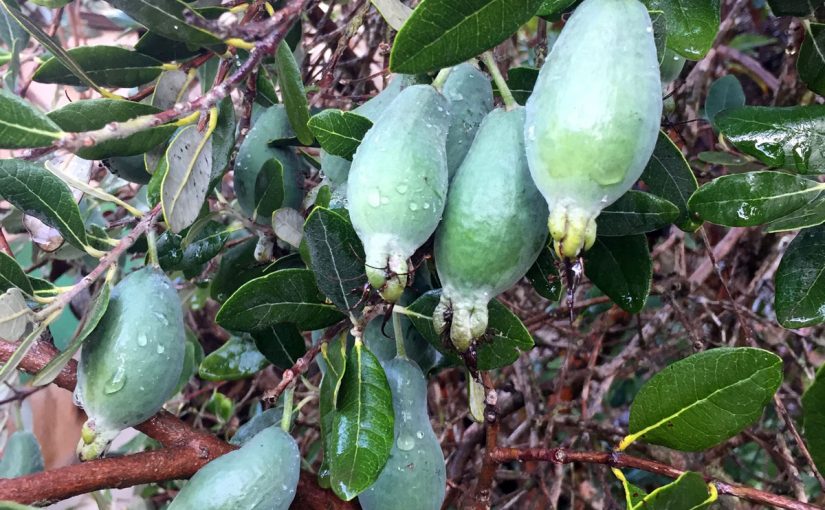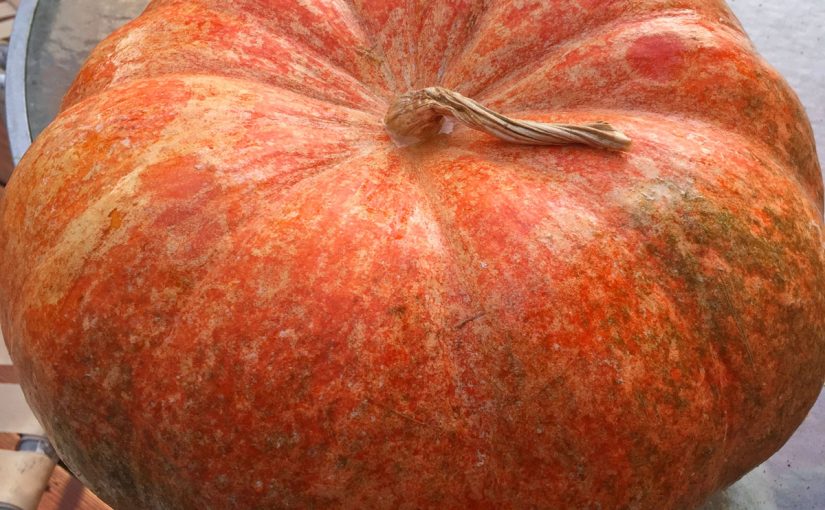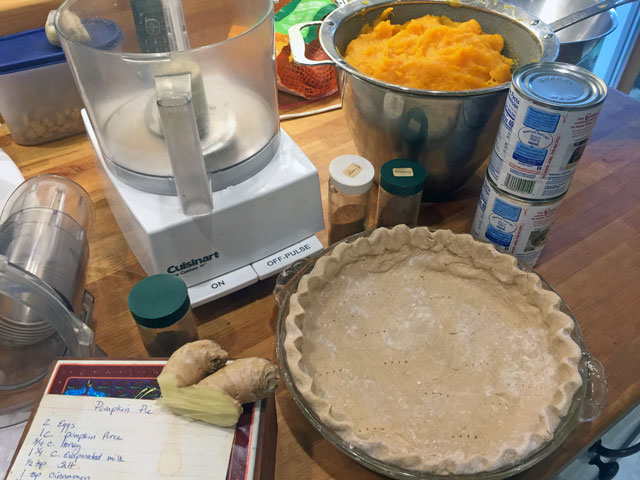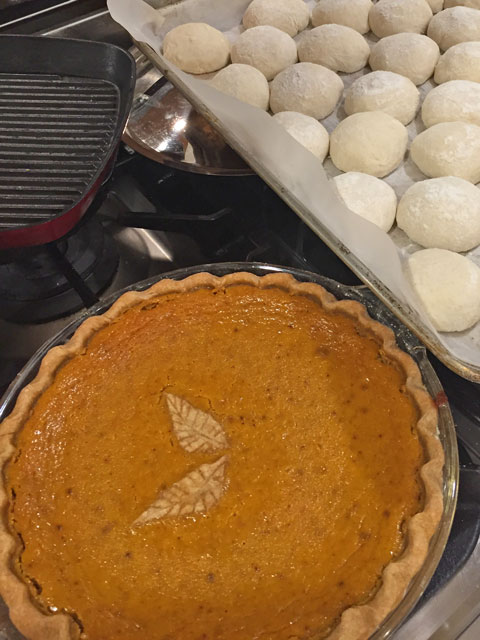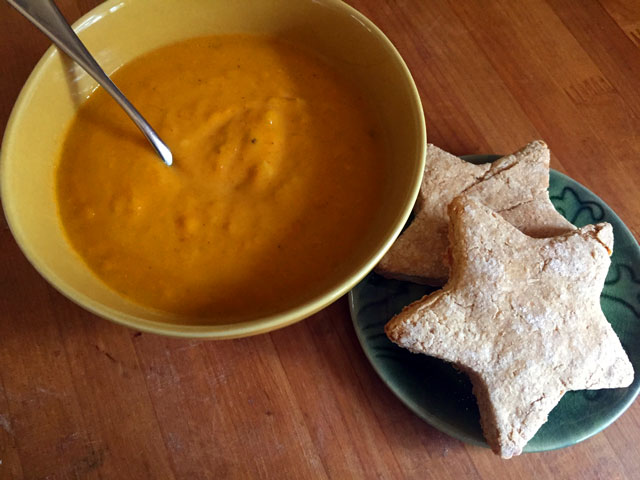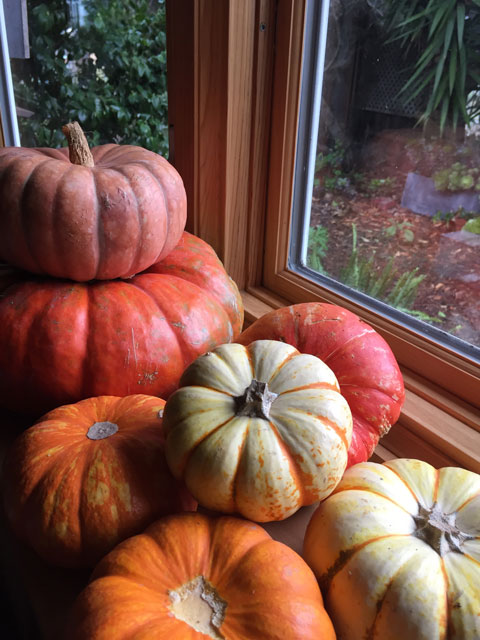Right around December the pineapple guavas begin to drop and give off their delightful perfume. This is an odd fruit; silver green and shaped like a hens egg with a fragrance out of kilter with its looks. The smell promises so much sweetness.
The proper name is Feijoa sellowiana and it is a popular landscaping plant even without the added bonus of fruit. This shrub has evergreen leathery leaves with a silvery underside. The blossoms are pinkish with bright red stamens that draw in the hummingbirds. That show alone should put this plant on the top of the list for a spot in the garden. It is also drought tolerant in the sand which makes it a double AA plus plant in my book. One word of caution; if you are growing specifically for fruit, it must be watered to develop the fruit. Otherwise it will be a nice looking flowering shrub with no fruit.
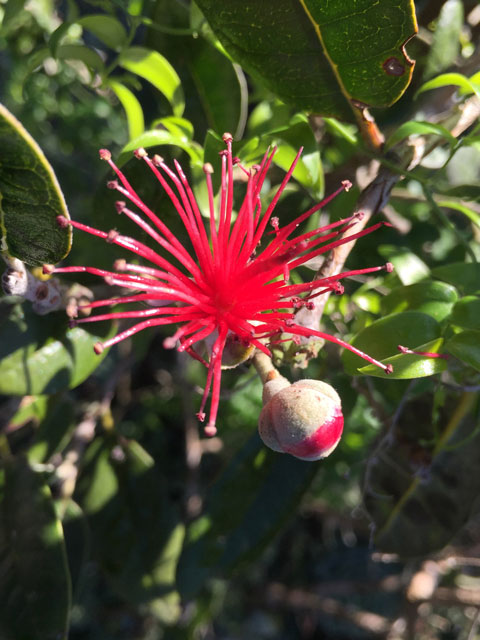
At a fruit tasting I discovered that the seed grown guavas have quite a bit of variability in form and taste, so it is worth getting a known clone with the desired flavor. Some varieties have much rounder, yellower sweeter flesh, and some have a longer form with a tart thicker skin (‘Nazemetz’ shown below). Generally, the best way to enjoy is to scoop the pulp from the skin and eat fresh.
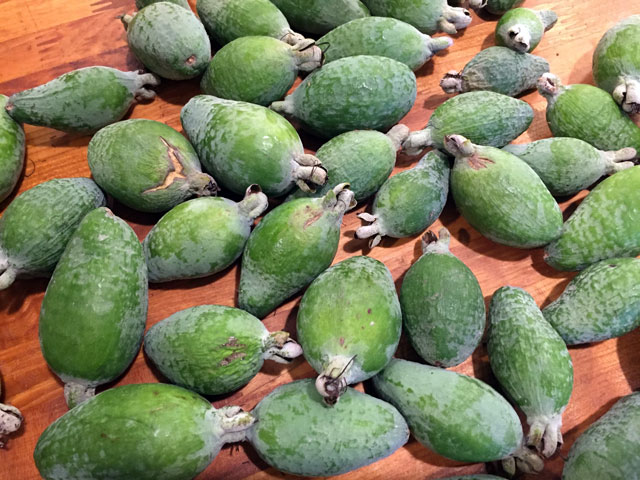
The guavas just begin to drop off the shrub when ripe and can ripen further on the counter. The smell is intoxicating. Because pineapple guavas are so very abundant (and one feels so very averse to leave out for the possums), it must be figured out how to insert into the food plan! A quick internet search shows many smoothie, jam, chutney, fruit leather and fruit bread recipes using pineapple guavas, but not so much in the savory arena. Ginger and cloves are a great pairing with the flavor of pineapple guavas and can work for sweet or savory. Roasted chicken with a guava chutney is most memorable. I just spread a pint of chutney made last year over a halved fryer and roasted uncovered in a glass baking dish. Served the roasted chicken with Basmati rice and spooned the roasted sauce over all.
The F. sellowiana can be a wide shrub (4′ wide x 6′ tall) or trained as a small tree (15″ + tall). I found this link to UC Master Gardener Program of Sonoma County that mentions shaping the guava into an espallier to save space. There is a photo of a much yellower variety (unfortunately not named) but the image indicates the enormous variability of the fruit between cultivars.
